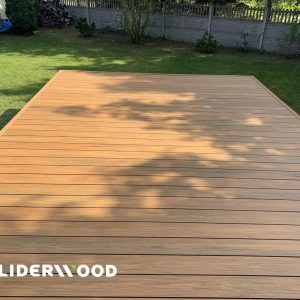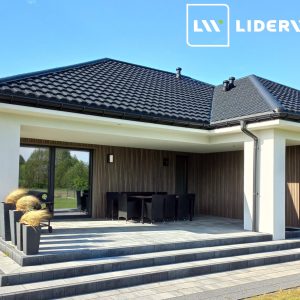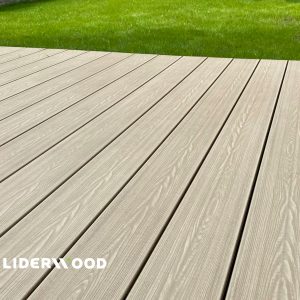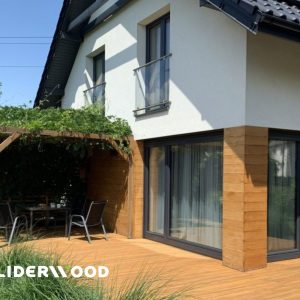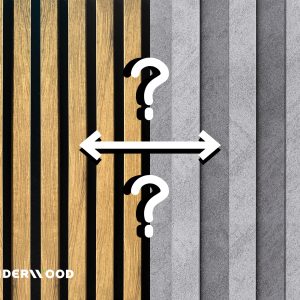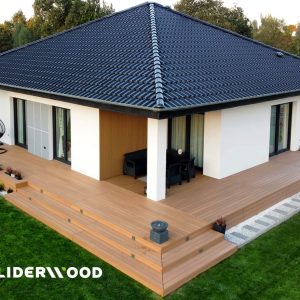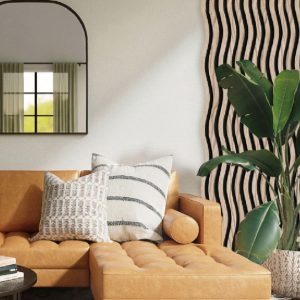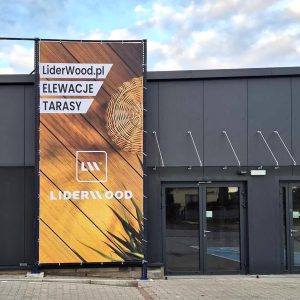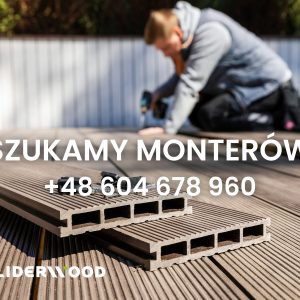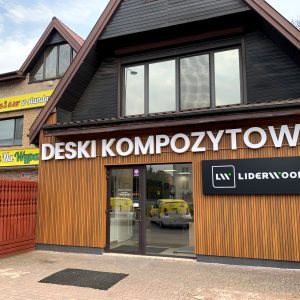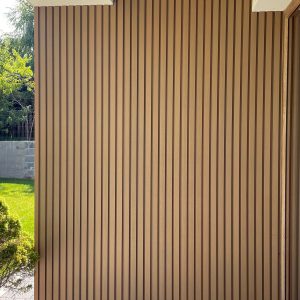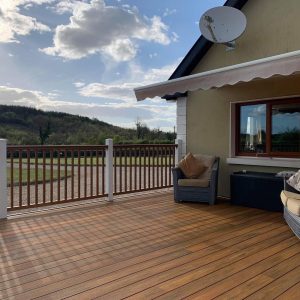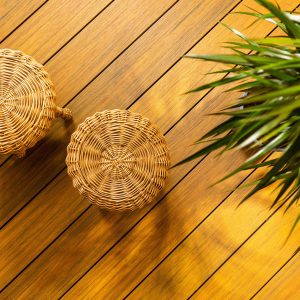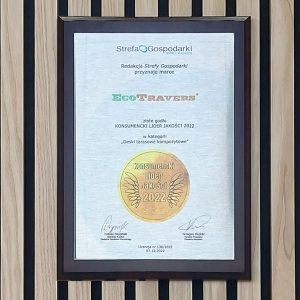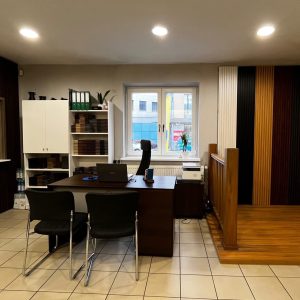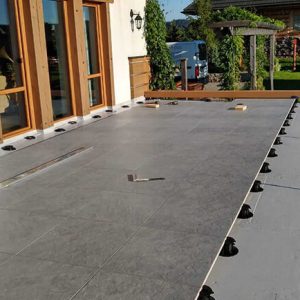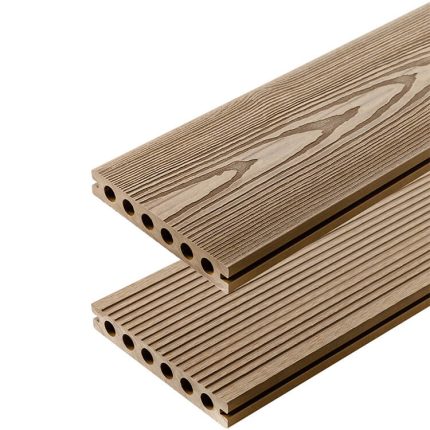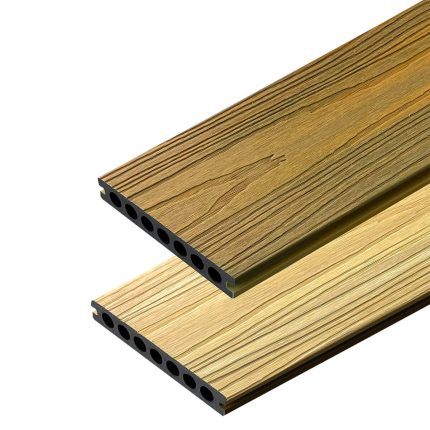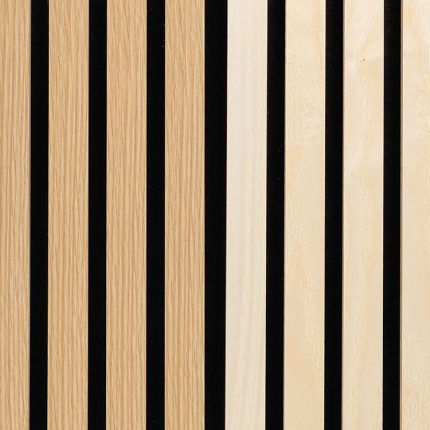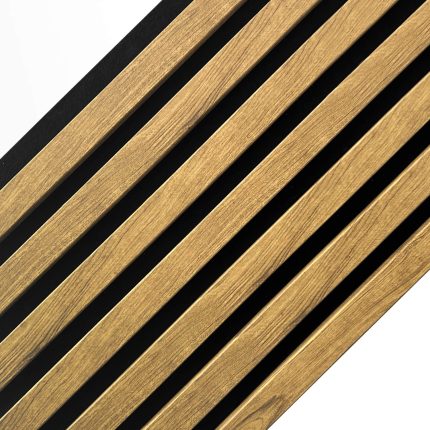Uses of Composite Decking Boards
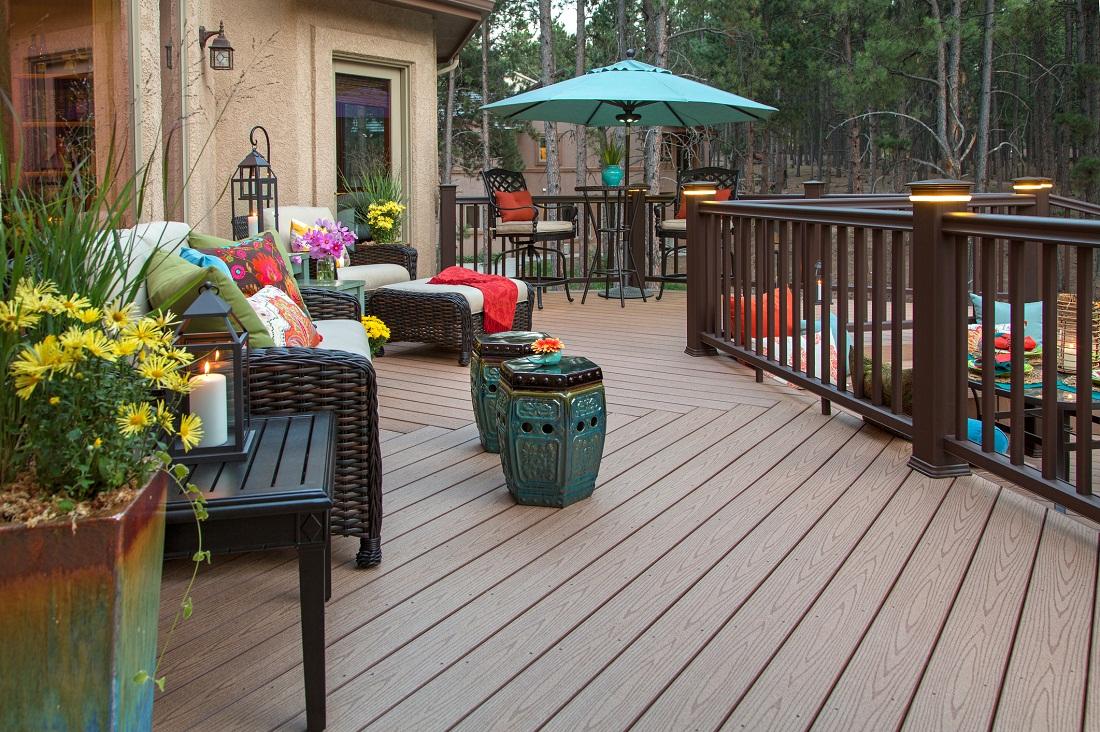
Boards that look just like wood but are easy to maintain, durable, and don’t require impregnation, refinishing, or painting? Yes, it’s possible with composite decking boards. They can transform the look of your terrace and facade! Check out how they can be used.
What Are Composite Decking Boards?
Composite decking boards are a modern finishing element made up of:
- 60% wood flour,
- 30% high-density polyethylene.
Their properties come from stabilizers, pigments, and substances that protect them from fading. Thanks to UV filters, they don’t lose color in the sun. Another advantage is that they are resistant to moisture and biological damage. They don’t swell, warp, and that’s why they are mainly used on terraces and facades.
Wooden Terrace
Composite boards are often used to finish home terraces as a replacement for wooden ones. First of all, they don’t require as much maintenance as wood, and their installation is extremely easy. The joists, which support the boards, are laid directly on the screed, which should be level and have the right slope. Remember, proper placement of the boards ensures the correct water drainage.
It’s also worth noting that this type of board, in both color and texture, resembles grooved exotic wood.
Wooden Facades
Another application for these boards is for aesthetic facades, suitable for both classic and modern architecture. The fastening is invisible, as are the screws, dowels, or nails.
The composite boards available on the market today also have improved performance characteristics and come in two colors.
The wood-like grain structure is embossed onto the surface using high-temperature presses. The outer polymer coating protects the board from stains and color loss. As a result, the board is very durable, non-slip, and easy to clean.


